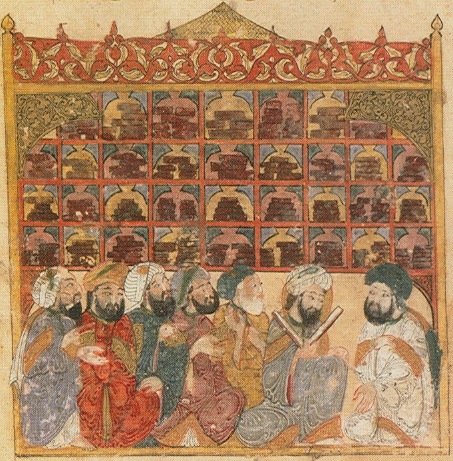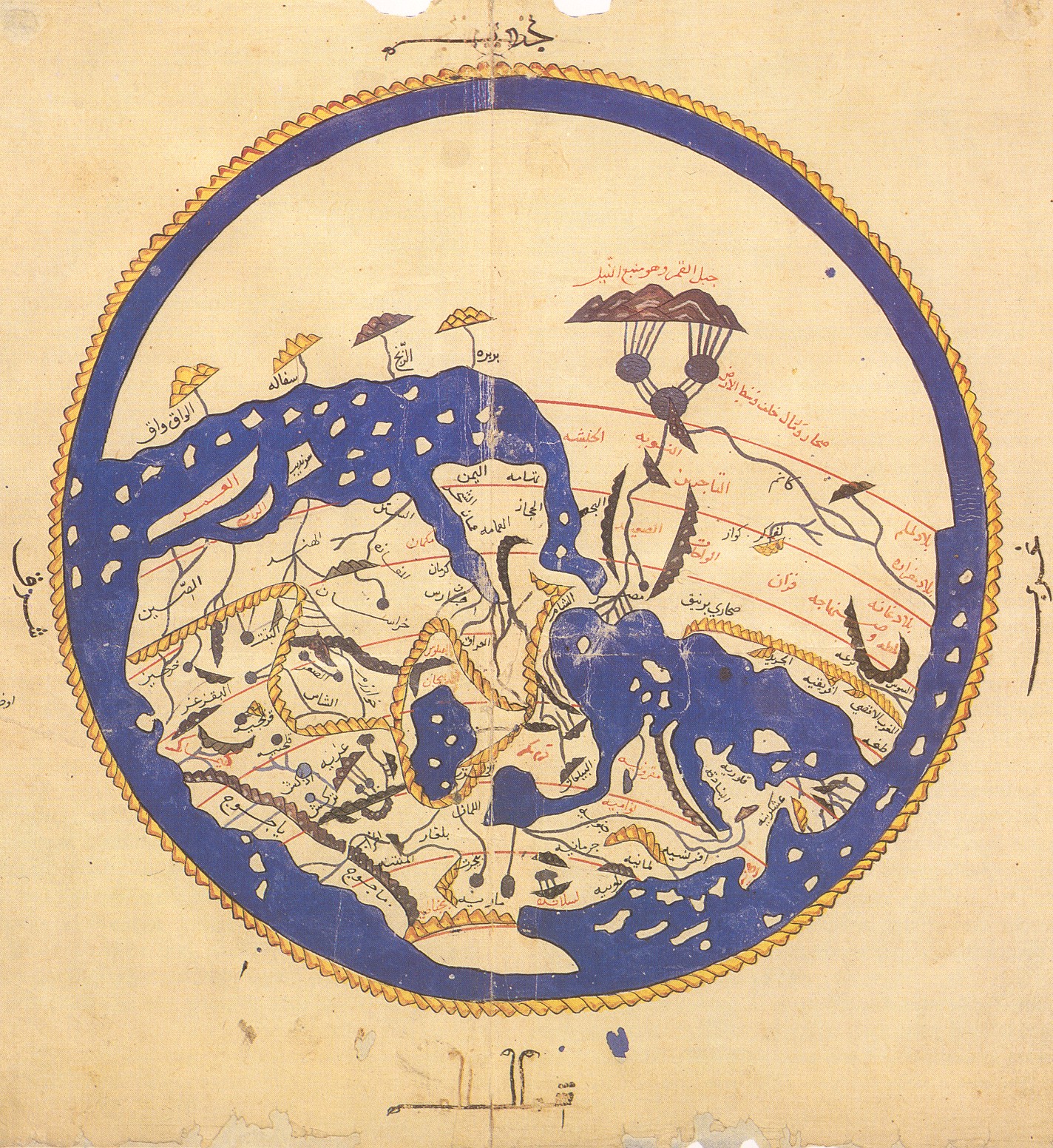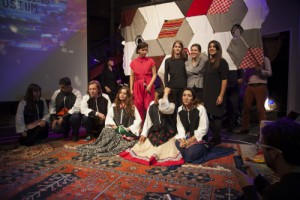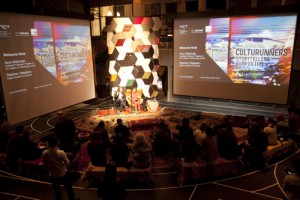I was kind of excited when I heard that there would be an Islamic Art conference in ADM/National Design Centre. I’m intrigued by Islamic Art, especially art in the Islamic Golden Age. In schools and on the national level, we are mostly taught on Western and Asian Art hence I think it’s great that there’s an opportunity to gain greater insight and exposure on other arts and cultures around the world that would help in widening our perspective and knowledge.
I attended the lecture “Transcultural Suits” by Bosnian Austrian artist and architectural historian Azra Akšamija on the 8th of October. Her works explore the role of cultural and religious identity in conflicts, especially in the recent history of the Yugoslavian war and its aftermath. Her main medium is the use of fabric/textile. By designing wearable art, she aims to “link ideas and people across physical and psychological borders, thereby creating shared forms of future heritage to promote cross-cultural empathy”.
Wearable Mosques: The Nomadic Mosque, The Survival Mosque, The Frontier Vest (click on titles to get more info on the works!). I will focus more on The Nomadic Mosque.
- The Nomadic Mosque: To explore the various ways of negotiating spatial relationships between Islamic traditions and modernity in the US and Western Europe. Clothes that can be transformed into prayer rugs.
 It aims to redefine the traditional forms and function of mosques, thus the exploration of the formal limits of mosque architecture. The wearable mosque transcends time and space, allowing users to perform their prayers in other spaces in public or so instead of a mosque.
It aims to redefine the traditional forms and function of mosques, thus the exploration of the formal limits of mosque architecture. The wearable mosque transcends time and space, allowing users to perform their prayers in other spaces in public or so instead of a mosque. 
- Dirndlmoschee [Dirndl Dress Mosque] is inspired by the dirndl which is a traditional Austrian dress. This depicts an assimilation of cultures. This prayer piece can accommodate three people. When the water-resistant apron is unfolded into three connected prayer rugs, it resembles a triptych which is a popular format of altar paintings from early Christian art hence once again emphasizing the idea of cross-cultural and religious identities; to highlight the similarities between Islam and Christianity and to suggest the possibility of peace between the two.
One of her recent works is Yarn-dez-vous (2014/15-). It features textiles from the Middle East and US. The jacket unzips into a geometrical elements that form the larger quilt. The term “yarn” refers to threading and on the symbolic level, storytelling (In Homer’s The Odyssey, Penelope performs the traditional feminine role as a weaver, weaving to keep the suitors away until Odysseus returns). The term “rendezvous” refers to a meeting. Together, the art piece combines the stories of individuals from various cultural, historical, and religious backgrounds.
Overall, I find Azra Akšamija’s ideas on wearable art and architecture interesting. It reflects a progressive ideal, to overcome the violent past and suggest a possibility of reunion and people despite differences. It is enlightening and interesting that the lectures include a perspective on Islamic art and Islam in Bosnia, a slight diversion from conventional focus on the Middle East.

I’ve always been interested in the Islamic Art especially during the Islamic Golden Age (around the 8th-13th century). I even grabbed the opportunity to join GEM Discoverer program to Turkey to witness the majestic beauty of Hagia Sophia, The Blue Mosque, Chora Church, and every other little things 🙂 The idea of interconnection between cultures is not new and modern. It has always existed when people are more concerned with the progress of humanity and its civilization instead of destroying each other due to differences. At the heart of the golden age is the House of Wisdom in Baghdad where scholars from various parts of the world and from different cultural and religious backgrounds come together to learn, exchange ideas and information, and also translate classic works of antiquity (Greek, Roman, Indian, Chinese, Egyptian) that might otherwise be lost into Arabic or Persian (later into Turkish, Hebrew, and Latin). With a new and easier writing system and the introduction of paper (supposedly the art of papermaking was obtained from Chinese prisoners of wars after the Battle of Talas), information could be disseminated all over the empire more effectively. Scholars could translate works, write their own works, and sell books. The Quran and hadith inculcate the importance of education and the pursuit of knowledge hence influencing the intellectuals’ thinking and practice. This thus led to the great success and peak of scientific and engineering discoveries and inventions during that period.
I’ll end this post with a short video clip from 1001 Inventions and the Library of Secrets (2010). Starring Sir Ben Kingsley, it features the history of science and technology in Muslim civilization during the Islamic Golden Age. A group of schoolchildren is assigned to research on the impact of the Middle Ages/Dark Ages on the modern world. Was it really dark? Was Europe really, totally dark and doomed? In Spain, Cordoba is the centre of art and architecture. Aqueducts brought drinkable water into the city and also the improvement of agriculture that yielded crops for the society. As the librarian/Al-Jazari character said, it’s all a matter of PERSPECTIVE. Watch this clip and let it illuminate and enlighten your mind…






